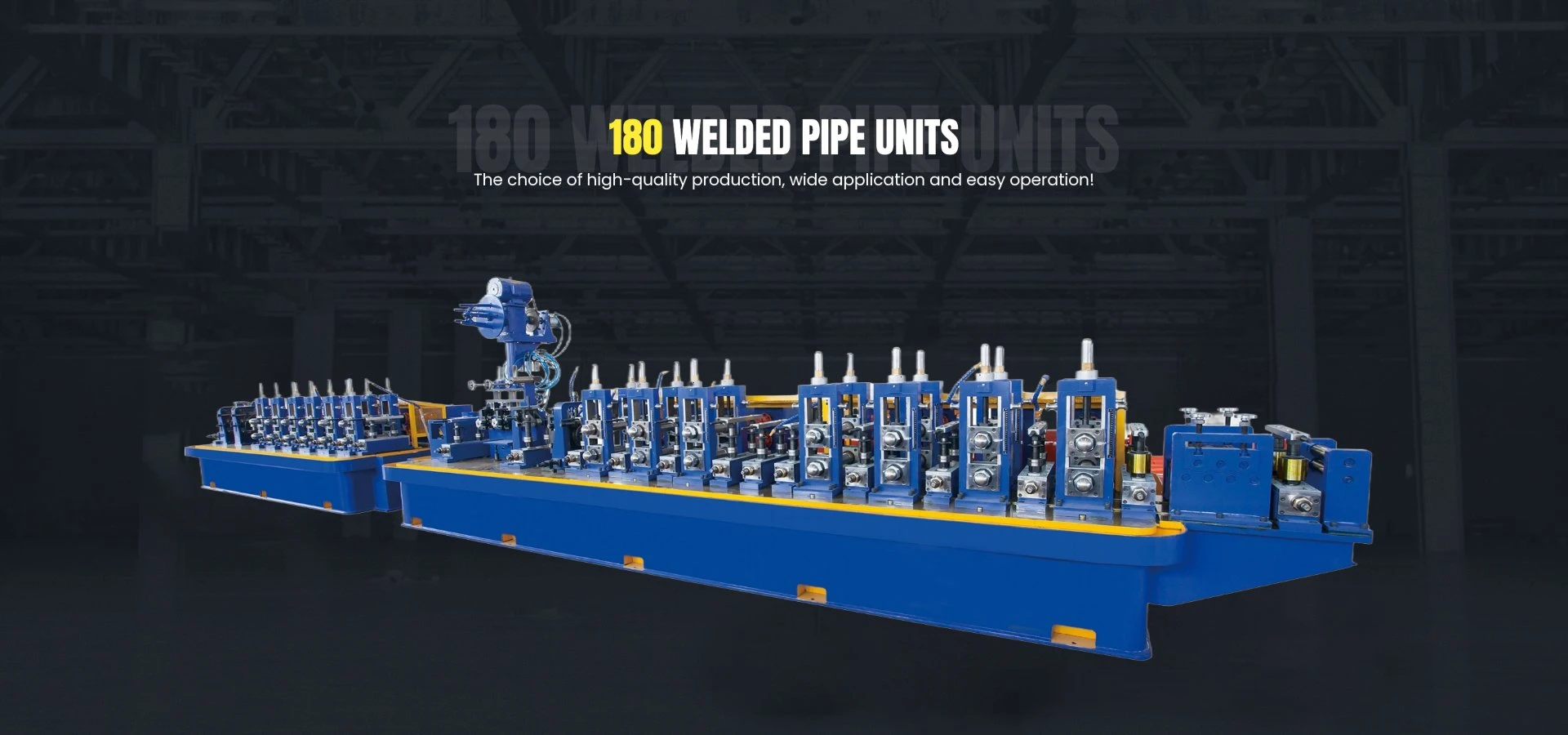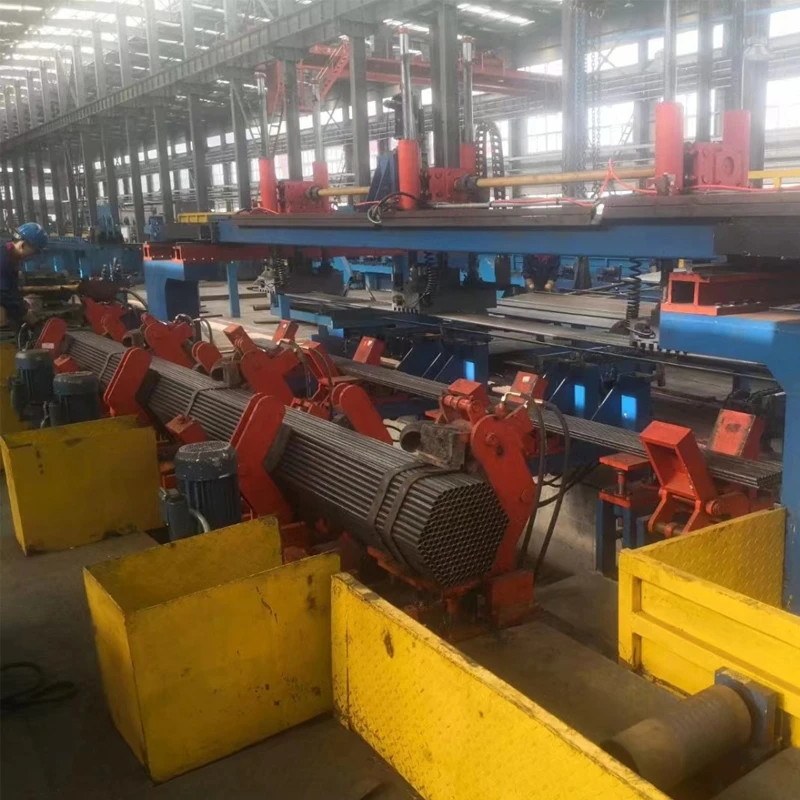The manufacturing and installation of steel pipes for gas lines are governed by rigorous standards set by organizations such as the American Society for Testing and Materials (ASTM) and the American National Standards Institute (ANSI). The pipes are categorized by their specifications, including wall thickness, diameter, and material grade. Common standards, such as ASTM A53 and ASTM A106, outline the requirements for carbon steel pipes used in gas applications. Compliance with these standards ensures that the pipes can withstand the operational pressures and conditions they will face in the field.

Steel pipelines also offer excellent corrosion resistance when treated and coated properly. By applying protective layers, such as galvanization or epoxy coatings, the lifespan of steel pipelines is extended significantly, reducing maintenance costs. These coatings protect the steel from corrosive substances, whether those are chemicals in a processing plant or saltwater in coastal regions.
